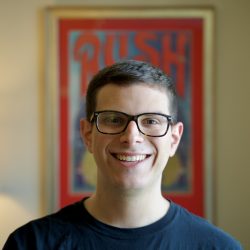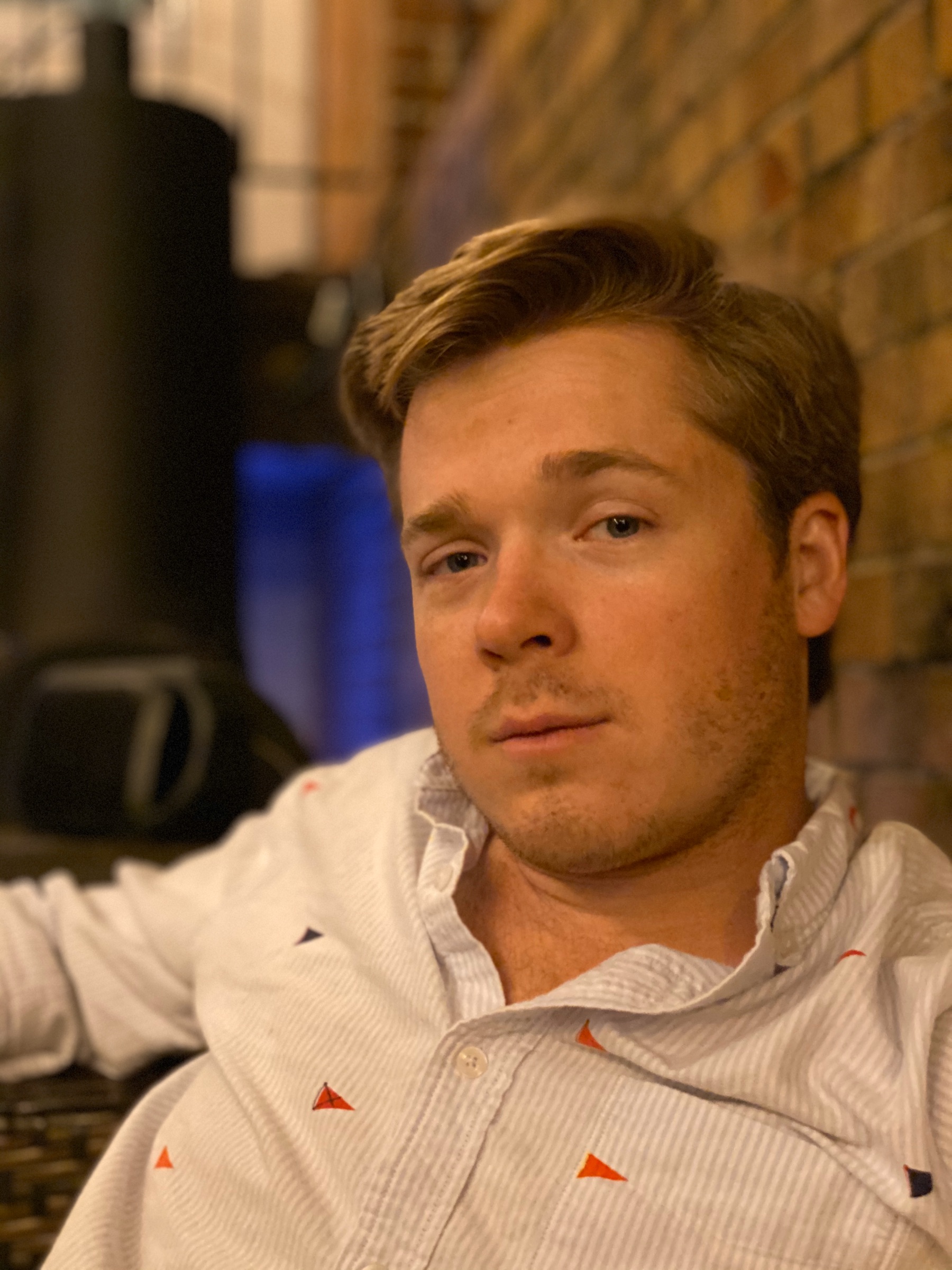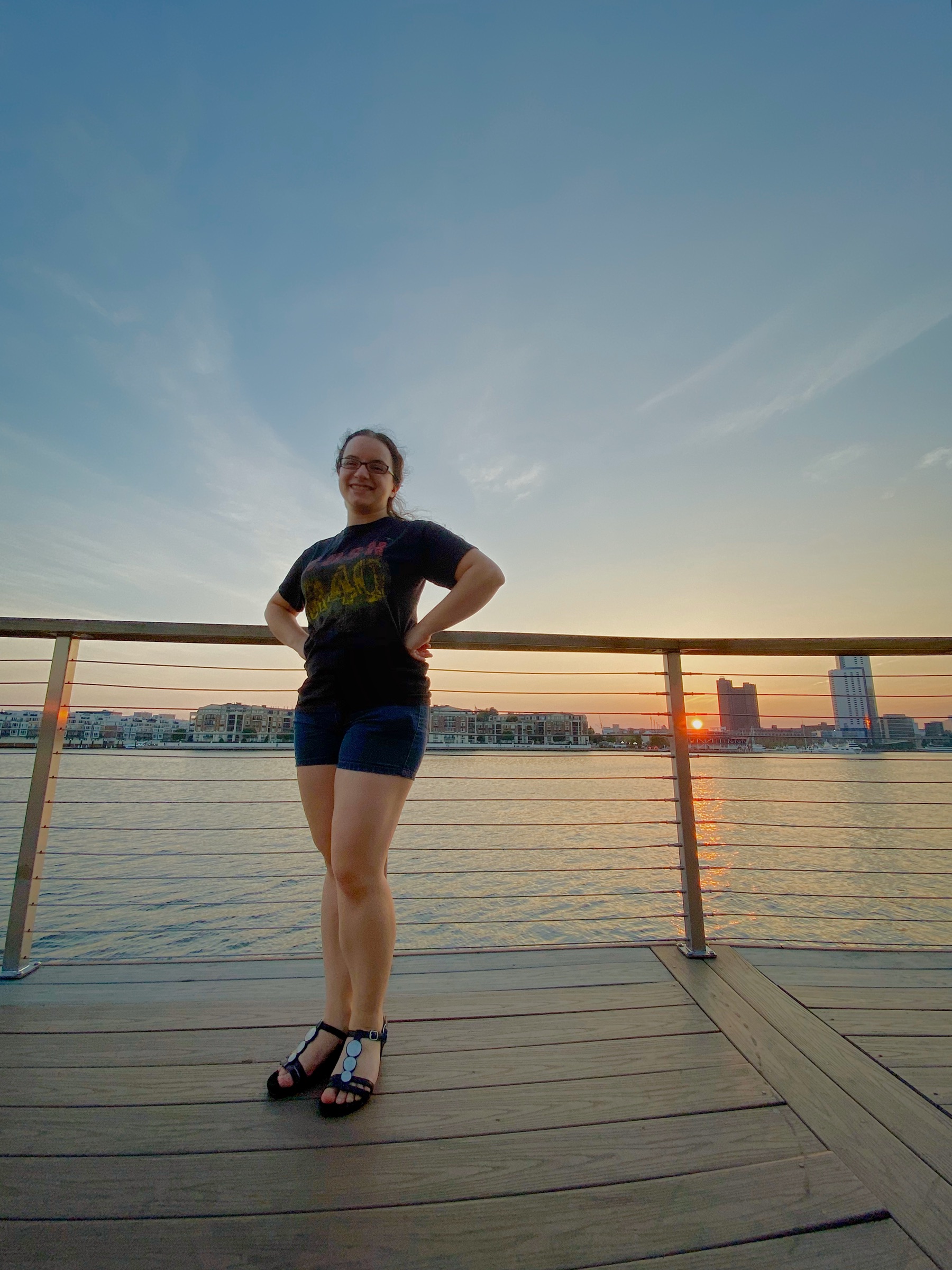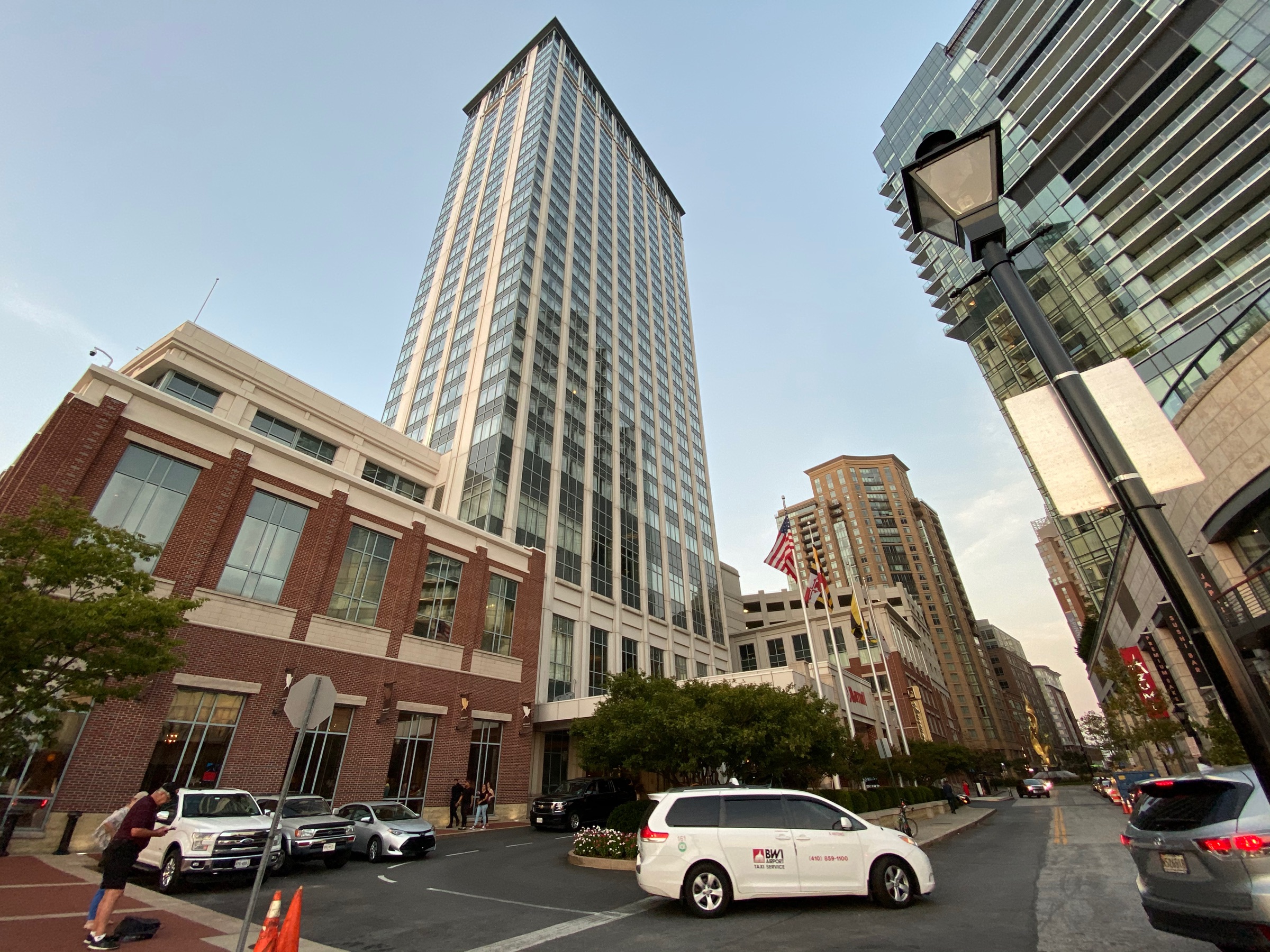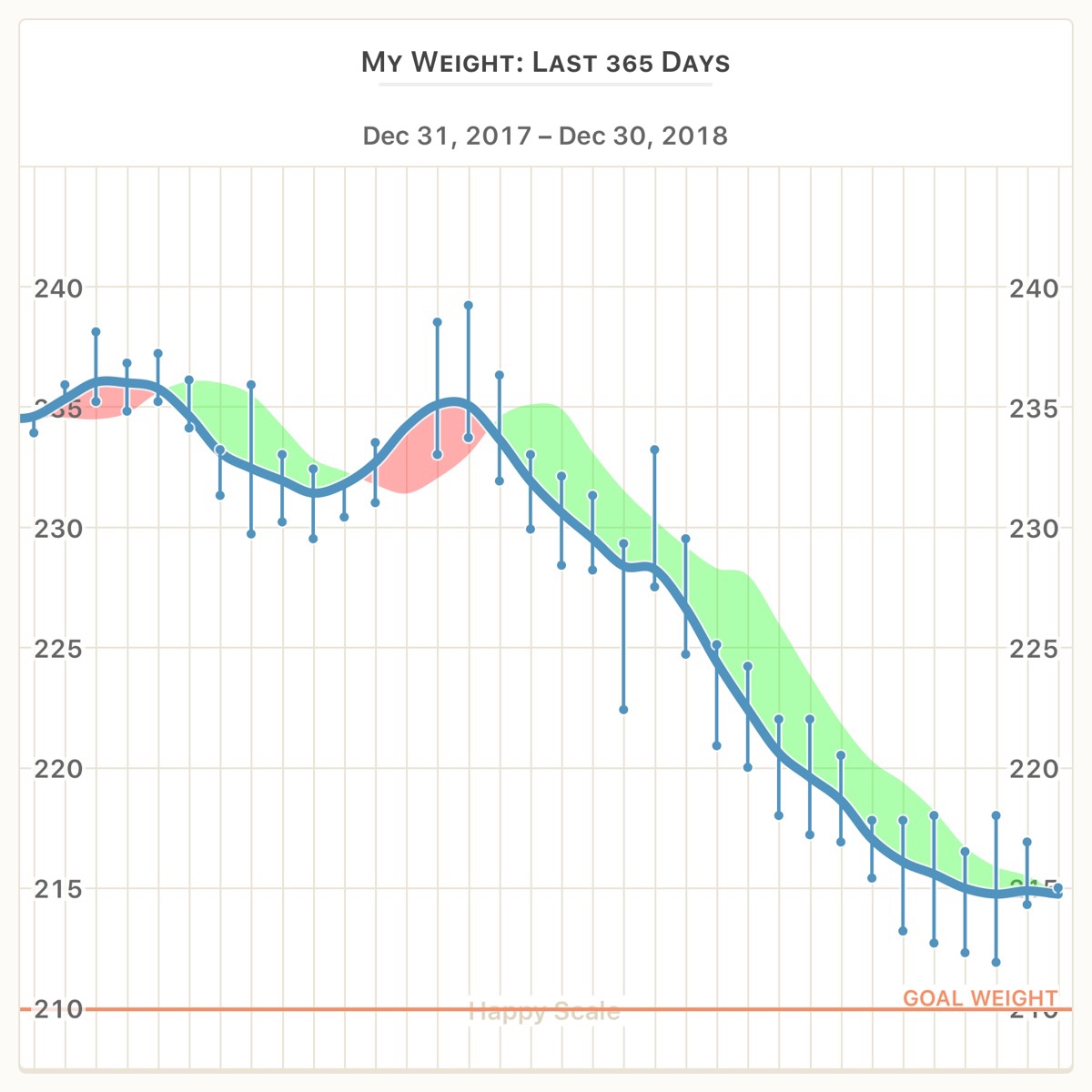This morning I made an impromptu piece of #coffeecontent that created a lot of #engagement from folks far and wide. Apparently folks are curious about making better coffee and I wanted to answer all the questions I received here.
Perhaps COVID-19 has prompted more people to look into making high quality coffee at home. This isn’t the first time I made a reference to my interest in coffee but for some reason this one really took off.
Gear
My coffee gear has been acquired over time. I first became interested in coffee when joining the workforce six years ago where drinking coffee was something that people seemed to do. That said, I quickly became disinterested in the industrial Burr coffee maker’s Folgers output and the would-create-brown-liquid-without-a-Keurig-cup approaches.
For a single cup, I recommend an AeroPress. It makes incredibly good coffee, is super portable, and costs 25-30 bucks. I’ll explain my technique later.
For more than one cup, I use a Chemex, a recent edition to my life. I used to just AeroPress back to back. The Chemex makes super good coffee and has some more ceremony which is always nice. I love watching the coffee bloom and release CO2 in the morning.
This summer, Rachel requested cold brew in the rotation. I got the Oxo Cold Brew dingus. I just follow its included brewing steps. 4 parts water to 1 part grinds for about 24 hours. I make my coffee by using 1 part concentrate, 3 parts water.
My water kettle is the Bonavita Gooseneck programmable kettle. This thing allows you to specify the temperature of the water, which is just as important with coffee as it is tea.
My grinder is a Baratza Encore. It took me a while to spend the money for it (130 or so), for a while I would get my beans ground when I bought them. However it was a good investment and does a great job creating a consistent grind size. You’ll find the deeper down the rabbit hole you go, the cheaper good coffee can get.
My kitchen scale is a Escali Primo Digital Scale. I mainly use it with Chemex. For the AeroPress I just use the scoop that came with it. I find it consistently gives me about 15 grams of beans, give or take a gram.
I just started to home roast and for that I use a 20 buck popcorn air popper. I first experimented with the one Rachel already had for popcorn, but bought the Sweet Maria’s recommended one from their website since its a different design that doesn’t require constant stirring. This is also where I get my beans. The popper comes with 4lbs of beans so its basically free since a pound of green coffee beans is about 5-7 bucks (much less than the 14-20 you’ll spend for pound of fresh local coffee). I plan to order another with my next shipment to parallelize my efforts. Sweet Maria’s provides a roast recommendation for each bean that you buy and I simply follow the instructions they provided with the Air Popper. They have a few supporting videos on their website you can watch too, if you decide home roasting is your thing.
Buying Beans
You probably don’t want to start your coffee journey roasting coffee. I never thought I would get into it until a friend of mine told me they started with an air popper and that it wasn’t that bad. I had always heard it wasn’t worth the hassle from those who had tried.
That said, don’t buy beans from the grocery store, unless they are local and have the roasted date on the packaging. Coffee is only fresh for about 2-4 weeks. Most of the stuff at the grocery store, no matter the cost, wasn’t roasted recently. Fun fact, the reason a lot of coffee in the store is darker roasts is because the freshness is less apparent since you’re mainly tasting those heavy roasted flavors and less actual coffee flavors.
I used to buy coffee from local Baltimore institutions like Zeke’s, Spoons, and Vent (my favorite). Silver Spring has less local options, but Nagadi is pretty good as is Bump ‘n Grind.
Rachel got me a gift of the Atlas Coffee Club a year or so ago. There are several similar ideas online but they mailed me a freshly roasted single origin (not a blend of beans) coffee at a set interval. It was a few bucks more than buying a local bag (19 per shipment) but I liked the convenience and variety, particularly since fresh coffee was harder to come by post move. I got to try probably 10-15 different country’s offerings from the program. I recommend this approach to learn the kinds of coffee and roast level you prefer. I like Kenyan, Ethiopian, and Columbian best and always a lighter to medium roast.
I just want to note that even if you buy a 20 buck bag of coffee, its still cheaper than a K cup, no matter how much bulk you buy in.
Brewing Techniques
AeroPress
For the AeroPress, I do the inverted technique. That link shows the general steps, but I have experimented and changed the values. If you wanna do the same, there is a cool app called AeroPress Timer that gives you various recipes. I heat my water to 176F, which is the AeroPress creator’s temperature of choice. This results in an instantly drinkable cup – I don’t like my beverages too hot. I grind the AeroPress Standard scoop of beans at the Encore’s 12 setting, which is relatively fine. I pour enough water to just cover the grinds, swirl it around using some “turbulence” (or just use the paddle) for about 15 seconds. Then I fill up the rest of the chamber with water. Attach the cap with a standard AeroPress paper filter and wait a minute. Invert, press into cup, and enjoy.
Chemex
For Chemex, I warm my water to 205F. This is within the Chemex recommended temperature range. Since it takes more time to make a Chemex cup, this temperature also results in an instantly drinkable cup. I do the 15:1 ratio with the Chemex, adding 15 parts water to each part bean. I use 15-20 grams of coffee per person at the 20 Encore grind size, which is more of a medium grind. I add a little bit of water to dampen the paper filter and heat up the device before putting the grinds in. I swirl the water, pour it out, and then start my measurements using the kitchen scale. Once the water has pretty much finished going through the grinds, you can throw out the filter and pour your coffee into a mug to enjoy.
Japanese Iced Coffee
I was introduced to the concept of Japanese Iced Coffee in June and it was a go to recipe to use instead of cold brew in the summer. I thought the taste was a bit more punchy than cold brew, but it might have been the beans I was using. I followed this recipe.
